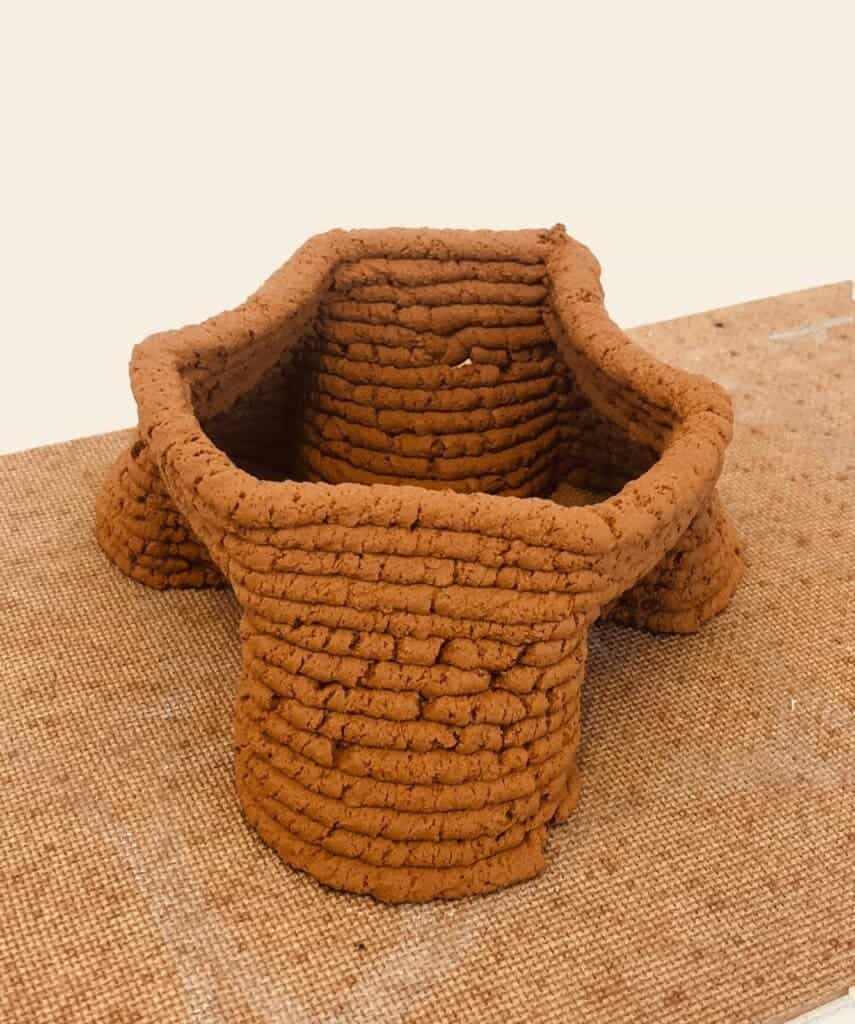New research is making it possible to print buildings from the ground up — quite literally.

Image credits Aayushi Bajpayee.
Most construction materials today require intense processing to create. This makes them both relatively expensive, and quite damaging from an environmental point of view. But new research could make buildings dirt-cheap, by allowing their construction from actual dirt.
The building process involves a 3D printer creating the load-bearing structure out of soil (this is the part of the building that keeps it up), with the final touches to be completed from other locally-available material.
Ashes to ashes, dirt to houses
“The environmental impact of the construction industry is an issue of growing concern,” says Sarbajit Banerjee, Ph.D., the project’s principal investigator.
“Some researchers have turned to additive manufacturing, or building structures layer by layer, which is often done with a 3D printer. That advance has begun to transform this sector in terms of reducing waste, but the materials used in the process need to be sustainable as well.”
Concrete is the most widely used construction material today, but it has a high environmental footprint and requires a lot of energy and specialized installations to produce. Concrete manufacturing is responsible for around 7% of global CO2 emissions, the team notes.
Using any locally-available soils for construction would thus help ease the burden both on the environment and our savings accounts. This method has been employed for a huge part of human history, but mixing in modern technology with this ancient method can help take it to new heights.
“Our thought was to turn the clock back and find a way to adapt materials from our own backyards as a potential replacement for concrete,” says Aayushi Bajpayee, a graduate student in Banerjee’s lab at Texas A&M University.
The process uses soil as the ‘ink’ in a 3D printer (called ‘additive manufacturing’) to create the skeleton of a building. Banerjee and Bajpayee also say that the process could one day be used to create settlements on the moon or even Mars.
The team started working from soil samples collected from one of their backyards and developed a binder that would hold it together but still keep it flowy enough to go through the printer. Soils are far from uniform, and their composition can vary wildly from place to place. Because of this, the binder (or ‘additive’) is described as a chemical ‘toolkit’ designed to interact with soils of every chemistry.
The team first tested their approach by building small test structures in the shape of cubes measuring two inches on each side. Then, they tested whether the material can adequately bear weight without collapsing — for this step, they “zippered” the soil mixture into microscopic layers on the structure’s surface to prevent it from absorbing water and expanding. Using this method, the material could bear twice the load of an un-zippered one, and was deemed resilient enough. The team is still working on improving the strength of the mixture, planning to get it as close to concrete as possible.
The researchers will present their results today at the American Chemical Society (ACS) Fall 2020 Virtual Meeting & Expo.


